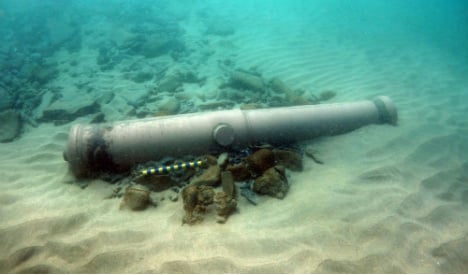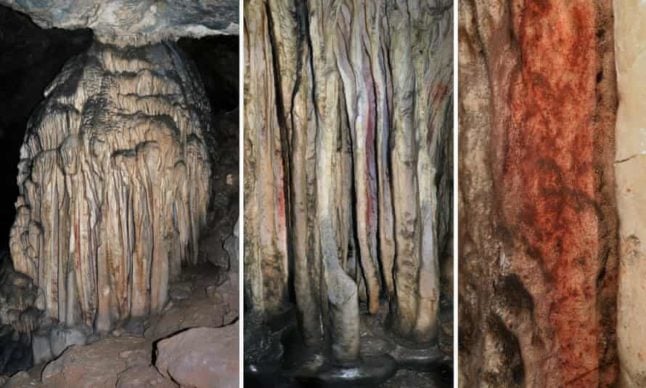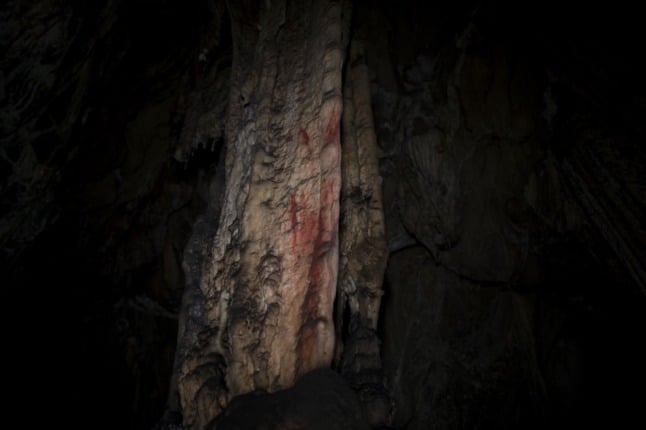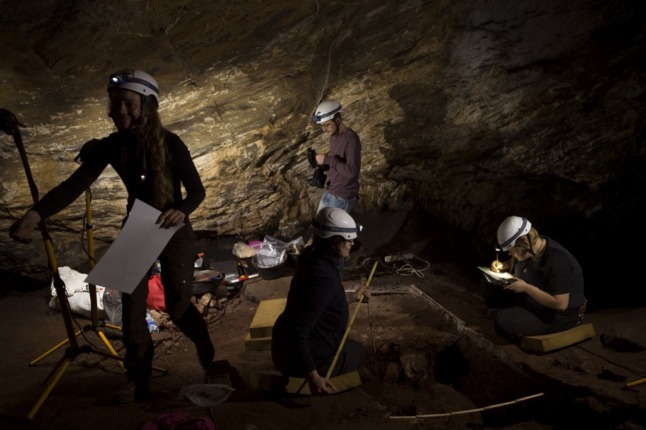The cannons were brought to the surface this week by underwater archaeologists and are said to be in “extraordinarily good condition”.
They are thought to come from the wreck of the merchant vessel La Juliana, which sank in storms off Stredagh, Co Sligo on Ireland’s west coast in September 1588 along with two others,La Lavia and Santa Maria de Vision.
The artifacts were recovered by the Underwater Archaeology Unit of Ireland’s Department of Arts, Heritage and Gaeltacht.
One cannon bears a dedication to and depiction of St Matrona, a saint venerated in Catalonia.
.jpg)
Image from Ireland's Department of Arts, Heritage and the Gaeltacht
It is also inscriped with the date 1570, the year La Juliana was built in Barcelona, putting the identity of the ship beyond doubt, according to the Irish government.
“We have uncovered a wealth of fascinating and highly significant material, which is more than 425 years old,” Heather Humphrey, the minister for arts, heritage and gaeltacht.said in a statement given to The Local.
“The National Monuments Service believes that all of the material has come from La Juliana, one of the three Armada ships wrecked off this coastline in 1588.
“On current evidence, the other two wreck sites remain buried beneath a protective layer of sand, but the wreck of La Juliana is now partly exposed on the seabed along with some of its guns and other wreck material.
“This material is obviously very historically and archaeologically significant,” she said, adding that the material became exposed as a result of the major storms off the West coast over the last two years.
The cannons will go on display in Ireland’s National Museum.
La Juliana was a merchantman trading between Spain and Italy when it was commandeered by Philip II of Spain for his fleet of 130 ships deployed to invade England.
But after an aborted attack on Francis Drake’s fleet at Plymouth the Spanish attempted to regroup and withdraw north. But disrupted by severe storms in the North Atlantic, a third of the Spanish fleet were wrecked.
La Juliana was a large vessel, weighing 860 tons, carried 32 guns, 325 soldiers and had a crew of 70. Between it and the other two vessels wrecked at Streedagh, an estimated 1,000 soldiers and mariners lost their lives.
Image from Ireland's Department of Arts, Heritage and the Gaeltacht





 Please whitelist us to continue reading.
Please whitelist us to continue reading.
Member comments